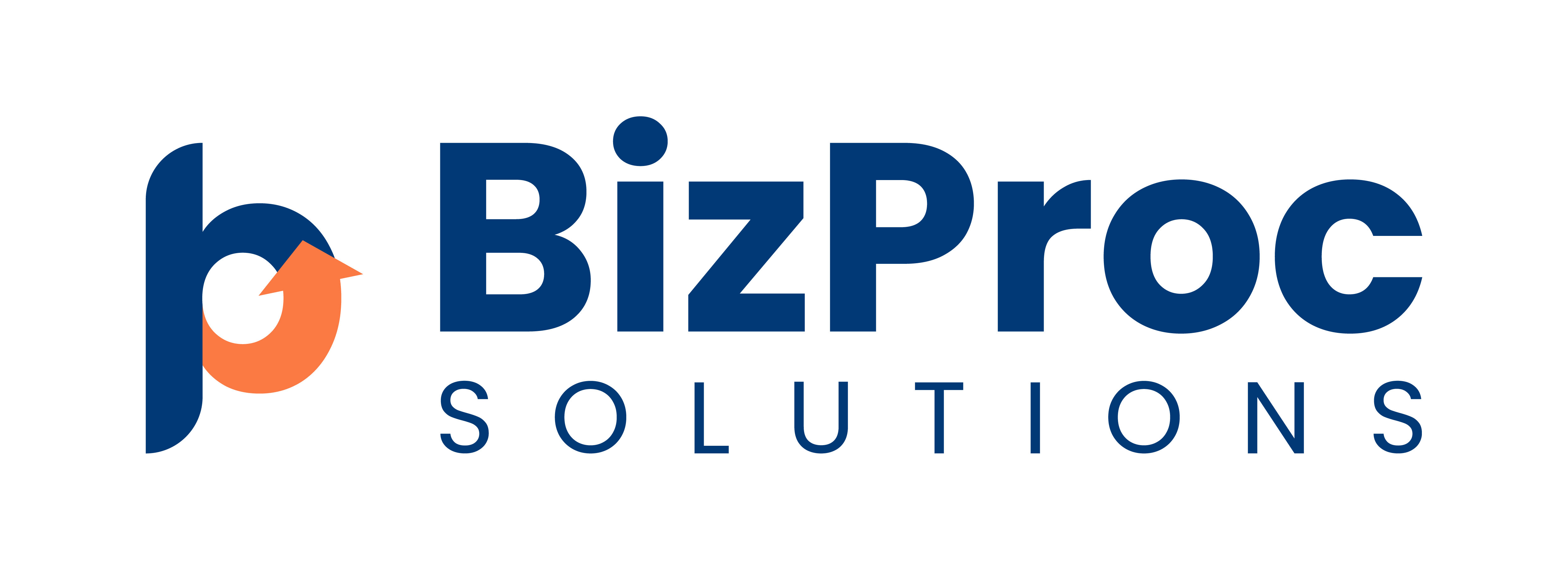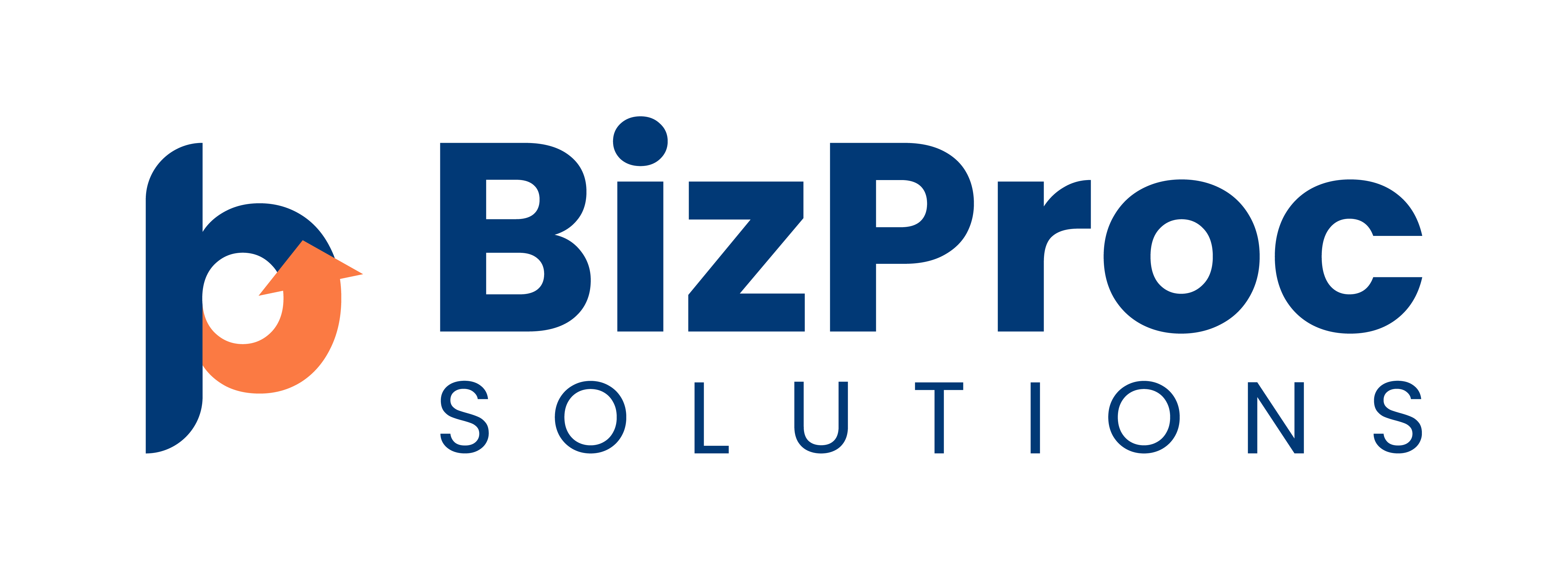Unraveling the Mysteries of Account Receivable: Boosting Cash Flow and Optimizing Financial Performance
As businesses strive for financial stability and growth, understanding the intricacies of accounts receivable is paramount. In this article, we delve deep into the complexities surrounding account receivables, unlocking the secrets to boosting cash flow and enhancing overall financial performance.
Efficient management of account receivables can be a game-changer, streamlining operations, and ensuring a healthy bottom line. By unraveling the mysteries of this vital financial component, organizations can optimize their cash flow, reduce outstanding payments, and improve liquidity.
From strategies to expedite collections to leveraging technology for automation, we explore practical approaches that empower businesses to navigate the challenges of accounts receivable effectively. Join us on this enlightening journey as we uncover the strategies that can revolutionize your financial performance and steer your organization towards sustainable success.
Understanding accounts receivable
Accounts receivable (AR) refers to the money that is owed to a business by its customers for goods and services that have been delivered but not yet paid for. This financial asset represents a crucial part of a company’s balance sheet and affects its cash flow. When a business sells on credit, it essentially extends a loan to its customers, allowing them to pay at a later date. The management of accounts receivable is essential, as it directly impacts the liquidity and financial health of the organization. Understanding how AR works is vital for maintaining a steady cash flow and ensuring operational efficiency.
The accounts receivable process begins when a customer purchases a product or service on credit. Following the transaction, an invoice is generated and sent to the customer, detailing the amount owed and the payment terms. The payment terms outline when payment is expected, often including a due date and potential penalties for late payment. Companies must keep track of these invoices and follow up timely to ensure that they receive payment, thus maintaining healthy cash flow.
Moreover, accounts receivable is not just a simple transactions ledger; it requires careful monitoring and management. Each customer’s payment history, creditworthiness, and outstanding balances need to be assessed regularly. This diligence helps businesses identify potential issues before they escalate and allows for better forecasting of cash flow needs. By comprehensively understanding accounts receivable, organizations can create strategies that improve collections and reduce the risk of bad debts.
Importance of managing accounts receivable
Effective management of accounts receivable is critical for several reasons, primarily revolving around cash flow and overall financial performance. Cash flow is the lifeblood of any organization; without it, businesses struggle to meet their operational expenses, invest in growth opportunities, or even cover payroll. By managing accounts receivable effectively, organizations can accelerate cash inflows, ensuring that they have the necessary liquidity to operate smoothly. This is particularly important for small and medium-sized enterprises (SMEs) that often operate on tighter cash flow margins.
In addition to improving cash flow, efficient management of accounts receivable can also enhance customer relationships. When businesses proactively manage their receivables, they can foster a sense of professionalism and reliability. By sending timely reminders and providing clear communication regarding payment terms, companies can build trust with their customers. This trust can lead to repeat business and referrals, ultimately contributing to the organization's long-term growth and stability.
Furthermore, managing accounts receivable effectively can help mitigate risks associated with late payments and defaults. By monitoring customer payment behaviors and adjusting credit terms accordingly, businesses can protect themselves from potential losses. Implementing robust credit policies and conducting thorough credit checks before extending credit can minimize the risk of non-payment. In essence, effective accounts receivable management not only boosts cash flow but also strengthens customer relationships and protects against financial risks.
Key metrics related to accounts receivable
To manage accounts receivable effectively, businesses must track several key metrics that provide insights into their AR performance. One of the most critical metrics is the Days Sales Outstanding (DSO), which indicates the average number of days it takes for a company to collect payment after a sale. A lower DSO reflects efficient collection processes and suggests that customers are paying their invoices promptly. Conversely, a high DSO can signal potential issues with collections or customer payment behaviors that need to be addressed.
Another important metric is the Accounts Receivable Turnover Ratio, which measures how effectively a company collects its receivables. This ratio is calculated by dividing net credit sales by the average accounts receivable. A high turnover ratio indicates that a business is collecting its receivables quickly, while a low ratio may suggest that it is struggling to manage credit and collections effectively. Monitoring this ratio helps businesses assess their efficiency in converting credit sales into cash.
Finally, the Bad Debt Ratio is also a crucial metric to consider. This ratio indicates the percentage of accounts receivable that a company does not expect to collect due to defaults or non-payments. A high bad debt ratio can adversely affect overall profitability and may indicate that a company is extending credit too liberally without proper risk assessment. By keeping a close eye on these metrics, businesses can make informed decisions that enhance their accounts receivable management and overall financial performance.
Strategies to optimize accounts receivable
Optimizing accounts receivable requires a strategic approach that encompasses various best practices tailored to the unique needs of an organization. One effective strategy is to establish clear and consistent credit policies. This involves setting credit limits based on customers' creditworthiness and consistently applying these limits across all clients. By doing so, businesses can reduce the likelihood of extending credit to high-risk customers, ultimately minimizing the potential for late payments or defaults.
Another critical strategy is to streamline the invoicing process. Ensuring that invoices are clear, detailed, and sent promptly can significantly enhance the likelihood of timely payments. Businesses should consider implementing electronic invoicing systems that automate the generation and distribution of invoices. This not only speeds up the process but also allows for easy tracking of invoices and payment statuses. Additionally, setting clear payment terms and including incentives for early payments can motivate customers to settle their invoices sooner.
Regular follow-up and communication with customers regarding outstanding invoices is also essential. Establishing a systematic follow-up process can help ensure that payments are received on time. This may involve sending reminders before the due date and following up promptly after the due date has passed. By maintaining open lines of communication, businesses can address any payment issues quickly, reinforcing a positive relationship with their customers while ensuring that cash flow remains consistent.
Tools for effective accounts receivable management
In today’s digital age, leveraging technology can significantly enhance the management of accounts receivable. Various software solutions are available that streamline AR processes, automate invoicing, and facilitate payment tracking. One popular option is accounting software that integrates AR features, allowing businesses to manage invoicing, payments, and customer accounts from a single platform. This integration enhances visibility into the AR process and simplifies financial reporting.
Another valuable tool is customer relationship management (CRM) software. CRMs can help businesses track customer interactions, payment history, and creditworthiness. By consolidating customer data, companies can make informed decisions regarding credit extensions and manage collections more effectively. Additionally, CRMs can enable better communication with customers, ensuring that payment reminders and follow-ups are timely and personalized.
Companies may also benefit from using electronic payment solutions that facilitate faster payments from customers. Offering multiple payment options, such as credit card payments, ACH transfers, and online payment portals, can encourage customers to settle their invoices more quickly. By reducing friction in the payment process, businesses can optimize their accounts receivable and improve cash flow.
Addressing common challenges in accounts receivable
Managing accounts receivable often comes with its own set of challenges, which can hinder a business’s cash flow and overall financial health. One common challenge is dealing with late payments, which can disrupt operations and create cash flow gaps. To address this issue, businesses must establish clear payment terms and consistently enforce them. Implementing a structured follow-up process for overdue invoices can also help mitigate the impact of late payments.
Another challenge is the risk of bad debts, where customers fail to pay their outstanding invoices. To minimize this risk, businesses should conduct thorough credit assessments before extending credit to new customers. Regularly reviewing the creditworthiness of existing customers and adjusting credit limits as necessary can also help mitigate potential losses. Additionally, maintaining a reserve for bad debts can provide a safety net for businesses facing payment issues.
Finally, the complexity of managing multiple customer accounts can overwhelm finance teams, especially in larger organizations. To alleviate this burden, businesses can implement automated AR management systems that simplify tracking and reporting on receivables. These systems can provide real-time insights into outstanding invoices, customer payment behaviors, and overall AR performance. By leveraging technology to address these challenges, businesses can enhance their accounts receivable processes and improve their financial outcomes.
Case studies showcasing successful accounts receivable practices
Examining real-world examples of successful accounts receivable management can provide valuable insights and best practices for businesses looking to optimize their processes. One notable case is that of a mid-sized manufacturing company that faced significant cash flow issues due to late payments from customers. The company implemented a comprehensive AR management strategy that included tightening credit policies, automating invoicing, and establishing a dedicated collections team. As a result, they reduced their DSO by 30% within six months, significantly improving their cash flow and overall financial health.
Another example is a service-based organization that struggled with high bad debt levels. The company conducted a thorough analysis of its customer base and implemented a more stringent credit approval process. By routinely assessing the creditworthiness of customers and adjusting credit limits accordingly, they reduced their bad debt ratio by over 40%. This proactive approach not only improved cash flow but also strengthened relationships with reliable customers, fostering long-term loyalty.
Lastly, a retail business successfully leveraged technology to enhance its accounts receivable management. By adopting an integrated accounting and CRM system, the company streamlined its invoicing and collections processes. Automated payment reminders and online payment options encouraged customers to pay their invoices promptly. As a result, the business reported a significant increase in its AR turnover ratio, which contributed to improved liquidity and the ability to reinvest in growth initiatives.
Training programs for accounts receivable management
Implementing effective accounts receivable management requires a well-trained team equipped with the necessary skills and knowledge. Training programs focused on AR management can significantly enhance the capabilities of finance and collections personnel. These programs should cover essential topics such as credit assessment, invoicing best practices, and effective communication strategies for collections. Providing employees with the tools to manage AR efficiently can lead to more effective collections and improved cash flow.
Workshops and seminars led by industry experts can offer valuable insights into the latest trends and best practices in accounts receivable management. These sessions can provide employees with hands-on experience in using AR management software and tools, enhancing their confidence and proficiency in managing receivables. Additionally, case studies and real-world scenarios can be used to illustrate successful strategies and common pitfalls, helping employees learn from the experiences of others.
Furthermore, ongoing training and professional development are essential to keep employees updated on changes in regulations and market conditions that may impact accounts receivable management. Encouraging a culture of continuous learning can foster innovation and adaptability within the team, ultimately leading to improved performance in managing accounts receivable. By investing in comprehensive training programs, organizations can ensure that their teams are well-prepared to tackle the challenges of accounts receivable management effectively.
Outsourcing options for accounts receivable
For many businesses, managing accounts receivable in-house can be resource-intensive and time-consuming. As a result, outsourcing AR management has become an increasingly popular option. By partnering with third-party collections agencies or AR management firms, businesses can leverage specialized expertise and technology to enhance their receivables processes. Outsourcing can free up internal resources, allowing companies to focus on core business activities while ensuring that collections are handled professionally and efficiently.
One of the primary benefits of outsourcing accounts receivable is improved efficiency. Specialized firms often have established processes and technologies that enable them to manage collections more effectively than an in-house team. They can provide access to advanced analytics and reporting tools, helping businesses gain insights into their AR performance while also employing best practices in collections. Additionally, outsourcing can reduce operational costs, as companies can avoid the expenses associated with hiring and training internal staff.
However, businesses should carefully evaluate potential outsourcing partners to ensure that they align with their organizational values and customer service standards. Maintaining positive customer relationships is crucial, and it is essential to partner with a firm that prioritizes professionalism and transparency. Establishing clear communication and expectations from the outset can help ensure that the outsourced AR management aligns with the company’s goals and objectives.
Conclusion: Enhancing financial health through efficient accounts receivable
In conclusion, the effective management of accounts receivable is a vital component of any business’s financial strategy. By understanding the intricacies of AR and implementing best practices, organizations can enhance their cash flow, strengthen customer relationships, and mitigate financial risks. From tracking key metrics to adopting innovative technologies and strategies, there are numerous ways to optimize accounts receivable processes.
Investing in employee training and exploring outsourcing options can further bolster AR management efforts, enabling businesses to navigate the complexities of receivables with confidence. As companies strive for financial stability and growth, prioritizing accounts receivable management can lead to improved liquidity, better financial performance, and ultimately, sustainable success.
By unraveling the mysteries of accounts receivable, businesses can unlock the potential for enhanced financial health and operational efficiency. With the right strategies and tools in place, organizations can transform their accounts receivable processes into a powerful asset that drives growth and profitability.


